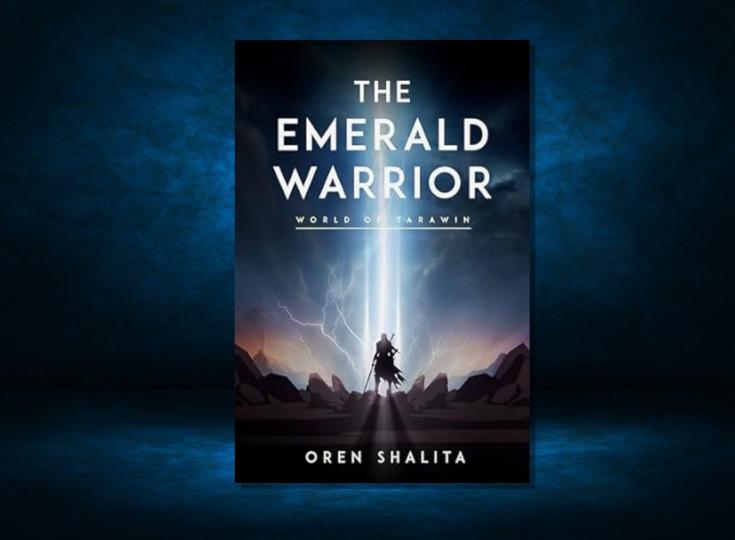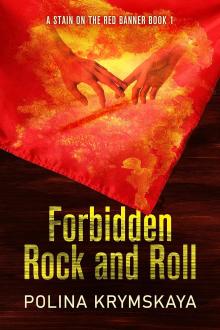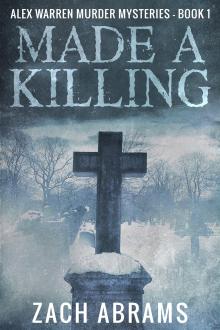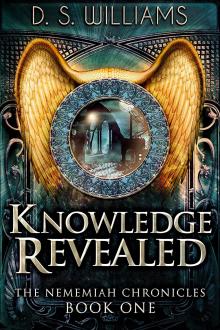Editorial Review: The Two Wolves (A Dying Truth Exposed, Book Three), by Marcus Abston
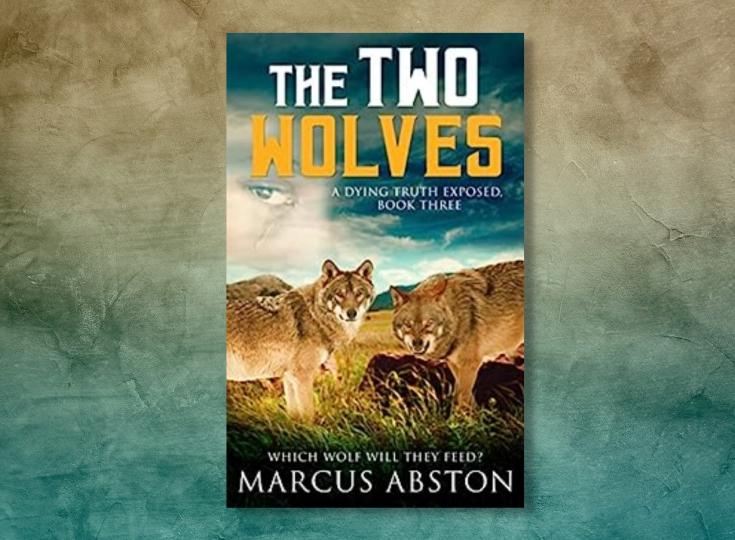
The Two Wolves continues Annabelle’s story from Standing Against the Wind. At the end of the last book, ancestress Annabelle was living peacefully with the Cherokee people, and in the present day, her distant descendants asked Albert to share more about her story. The modern-day descendants now feel guilty and ashamed for not knowing more about their family history, while Albert explains that they deserve to know their origins.
Over the course of this novel, Annabelle has some time to heal after her horrible experiences in slavery, with her dangerous escape, and all of her struggles in the previous two books. After the tragedy around Annabelle’s first pregnancy, it was both tense and heartwarming to see her expecting another child. Annabelle and her second husband, John, eventually have a son, twin daughters, and then another son. She also mothers her beloved stepson, David, creating a large, affectionate family. Readers who’ve seen Annabelle’s struggles in the previous two novels will enjoy the warm scenes of family life, with both blood relatives and chosen family.
Annabelle’s capacity for love and warmth, even after all she has experienced, is the heart of this story.
Even now, the family’s troubles are not over. As in the previous two books, the novel’s antagonists have dated attitudes and use outdated language that would be appropriate for the time period, including extreme, blatant racism. This is realistic for Annabelle’s experiences in the historical setting, even when those racism and sexist beliefs come out in violence, intimidation, threats, and sexual abuse. Nothing is gratuitous or graphic in this novel, the focus is always on how Annabelle and her family will cope and thrive through these struggles. But it’s worth noting the violence and sexual violence in this book for any readers sensitive to those topics.
The book’s title references the famous Cherokee fable about two wolves within each person, one good and one bad. The wolf that’s fed will grow, showing that all people have the capacity for either good or evil actions. In this story, Annabelle and her found family find themselves forced to choose which side to feed. Without spoilers, the extended Lightning family faces trials of character and morality. Black and Cherokee characters suffer violence, threats, and harassment from white locals, and the family must decide how to face this, searching for a way that keeps the rest of the family safe from further harm. The human, relatable desire for revenge appears, too. As the family is tested, they sometimes find comfort in faith. Readers will see their strong family ties and deep affection for each other.
The ongoing theme of identity passed down through the family appears again in this third installment. Annabelle’s faith and devotion to her family shine though, and this is picked up in the framing story of her descendants. These strong family ties that began with Annabelle and John continue through to the present day. The end of The Two Wolves makes it clear that Annabelle’s story is far from over.
